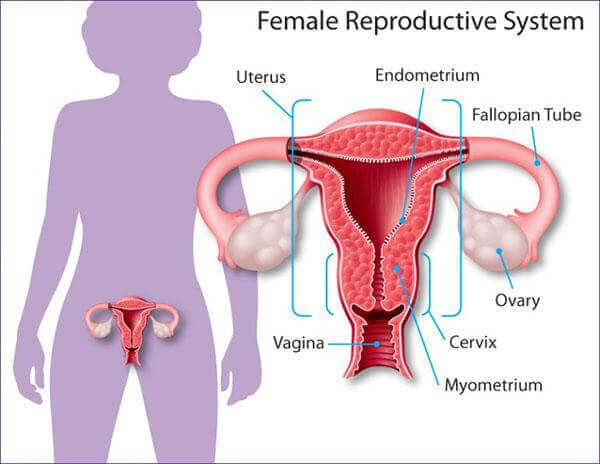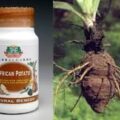According to a study of diet and fertility from Harvard Medical School, unlike other factors that you cannot control such as age and genetics, eating certain foods and avoiding others is something you can do yourself to help improve your ovulatory function. “Eating as if you’re already pregnant can actually help prime your body for conception.
Sweet potatoes are a staple food in many parts of the world. They are a good source of fiber, potassium, vitamins, and other essential nutrients. There are hundreds of types of sweet potatoes. Some have white or cream-colored flesh. Others are yellow, red, or purple. The “Covington” is the variety you’re most likely to find at the store. It has pink skin and bright orange pulp. While yams and sweet potatoes may look alike, true yam is a tuber vegetable, like a regular potato.
The high doses of Vitamin A in sweet potatoes make the vegetable ideal for consumption by women of childbearing age to enhance their fertility. Studies on animal models have shown that Vitamin A plays an integral role in improving reproductive performance. Research has also shown that a deficiency in Vitamin A can lead to secondary infertility in women of childbearing age.
Sweet potatoes also contain a healthy dose of iron, which is a crucial mineral in promoting fertility in women of childbearing age. Reports indicate that anemia, or iron deficiency, is a cause of infertility among women. These reports have shown that treating the iron deficiency by increasing dietary intake of iron usually results in women being able to conceive a few months to a year after the treatment. Other studies have found that an increase in dietary iron intake reduces the risk of ovulatory infertility.
How to Add Them to Your Diet
Sweet potatoes are very easy to add to your diet. They can be enjoyed with or without the skin and can be baked, boiled, roasted, fried, steamed, or pan-cooked. Their natural sweetness pairs well with many different seasonings, and they can be enjoyed in both savory and sweet dishes.
Some popular ways to enjoy sweet potatoes include:
- Sweet potato chips: Peeled, thinly sliced, and baked or fried.
- Sweet potato fries: Peeled, cut into wedges or matchsticks, and baked or fried.
- Sweet potato toast: Cut into thin slices, toasted, and topped with ingredients like nut butter or avocado.
- Mashed sweet potatoes: Peeled, boiled, and mashed with milk and seasoning.
- Baked sweet potatoes: Baked whole in the oven until fork-tender.
- Sweet potato hash: Peeled, diced, and cooked with onion in a pan.
- Spiralized sweet potatoes: Cut into spirals, sautéed, and sauced.
- In baked goods: Sweet potato puree adds moisture without fat.
Preparing sweet potatoes with a little fat — such as coconut oil, olive oil, or avocado — can help boost the absorption of beta-carotene since it’s a fat-soluble nutrient. Although cooking sweet potatoes slightly reduces their beta-carotene content, they still retain at least 70% of this nutrient and are considered an excellent source.
Conclusion
Iron is essential in the promotion of fertility amongst women. An important source of dietary iron is sweet potatoes. Studies have shown that an increase in dietary intake of iron from food sources such as sweet potatoes can help reverse secondary fertility, as well as reduce the chances of women ending up suffering from ovulatory infertility. In addition, sweet potatoes contain high doses of vitamin A, which is essential in improving reproductive performance in women of childbearing age. SEE: Health Benefits Of Sweet Potato For Skin






